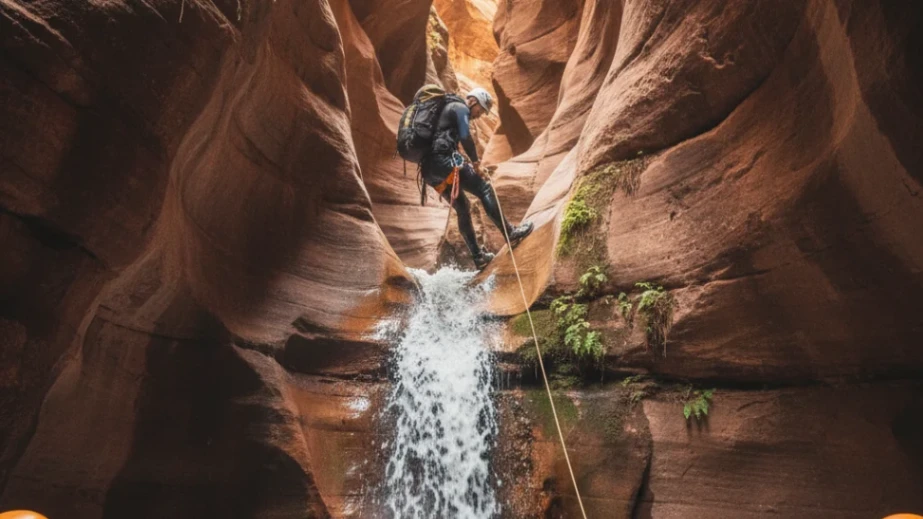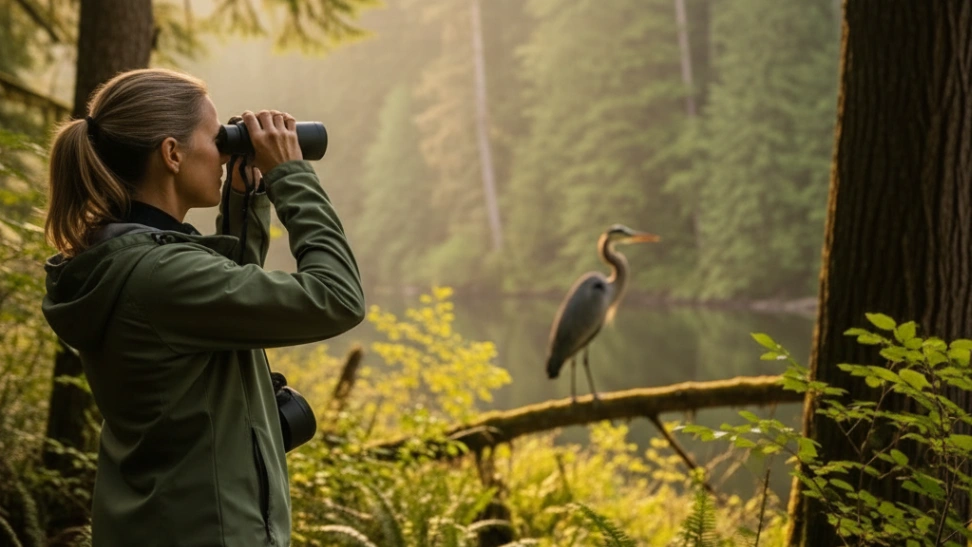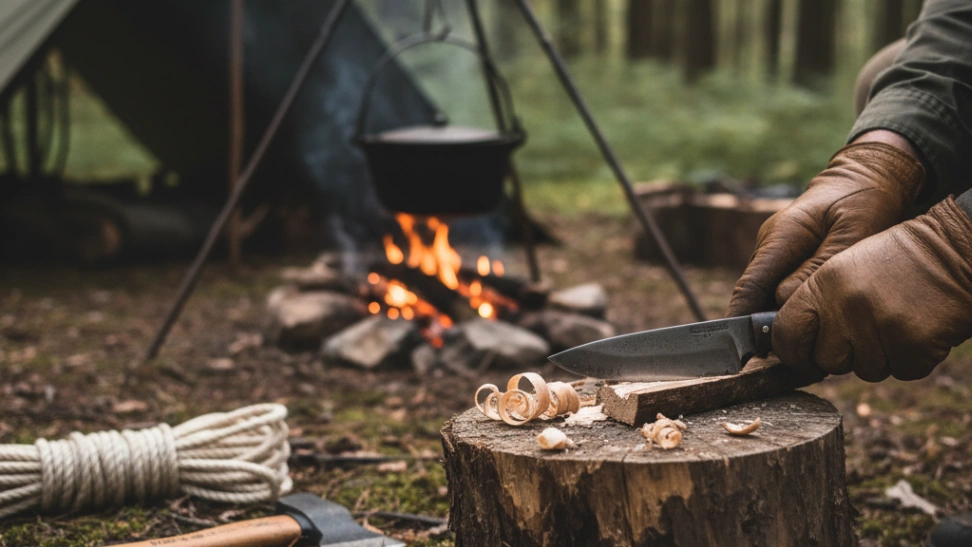Is This Hobby For You?
Ideal for adventurous individuals who thrive on physical challenges, natural exploration, and teamwork in remote, stunning environments.
Why You'll Love It
- Unforgettable experiences in breathtaking, rarely seen natural landscapes.
- Builds incredible physical fitness, mental resilience, and problem-solving skills.
- Fosters strong camaraderie and teamwork with fellow adventurers.
Good to Know Before You Start
- Requires significant investment in specialized gear and training.
- Involves inherent risks, including flash floods, falls, and hypothermia.
- Demands a high level of physical fitness and comfort with heights and water.
Hobby Traits
How the community rates this hobby.
Getting Started: The Essentials
The basic requirements to begin your journey with Canyoneering.
Startup Cost
$1000
Community-voted average
Ongoing Cost
Low
Monthly upkeep estimate
Essential Gear
Harness
Essential for rappelling and safety.
Helmet
Protects against falling rocks and impacts.
Rope
Dynamic or semi-static rope suitable for rappelling and rigging.
Rappelling Device
Such as an ATC or figure-8 for controlled descents.
Wet Suit
Often needed for cold water canyons.
Canyoneering Shoes
Specifically designed for grip on wet and rocky surfaces.
Pack
Durable, water-resistant pack to carry gear.
Personal Anchor System (PAS)
For attaching oneself safely to anchors.
Learning Curve
Overall Difficulty: Easy
Associated Skills
Skills you can expect to develop while pursuing this hobby.
A Closer Look at the Traits
Purely for Fun
Pursued purely for enjoyment, relaxation, and the fun of the activity itself.
Deep Nature
This hobby takes you deep into the great outdoors, far from civilization.
High-Energy
A high-energy activity that gets your heart pumping and body moving.
Very Physical
A physically demanding hobby that builds strength, endurance, and coordination.
Mostly Creative
While there are some technical aspects, the primary focus is on creativity and self-expression.
Very Social
A highly social hobby that thrives on collaboration, competition, and community.
Frequently Asked Questions
Similar Hobbies
Hobby Traits
How the community rates this hobby.



